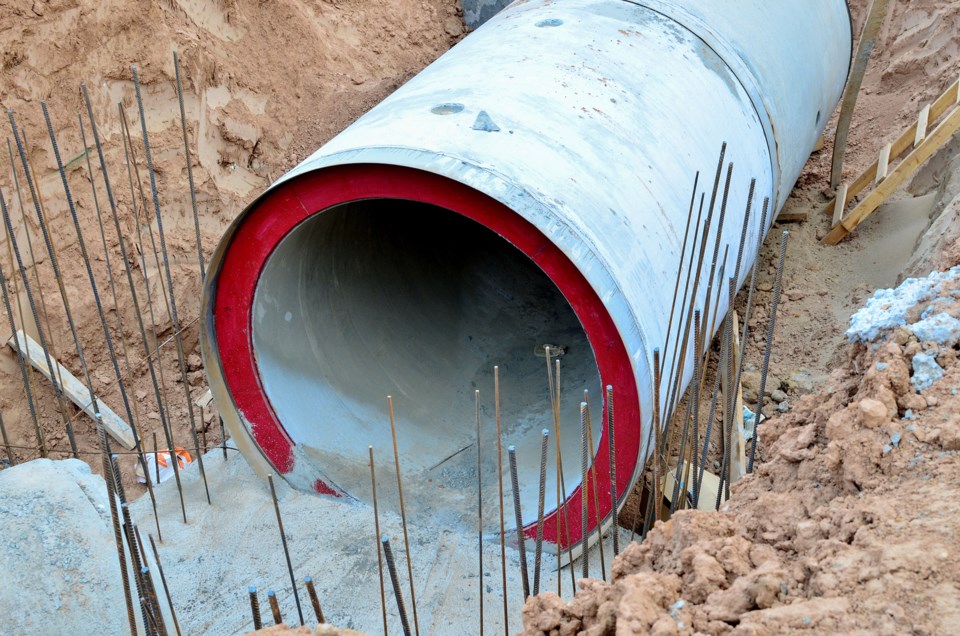HUMBOLDT — The cost to upgrade the city’s wastewater treatment lagoon to support 8,000 or 10,000 people could be in the neighbourhood of $30 million.
Stantec Consulting has been hired by the city to come up with a preliminary design that could be used to apply for infrastructure grants that would see the federal and provincial governments pay two-thirds of the cost. To continue with the work, Stantec has asked the city to consider three options.
The cheapest option – and the one that received council’s approval at the May 27 meeting – was a submerged aerated growth reactor (SAGR) system that could cost an estimated $30 million to build and $495,000 a year to operate. It costs $206,000 a year to operate the current system.
“What we approved at the meeting tonight is to carry on with some engineering in the preliminary stages of the process for our lagoon upgrades,” said Rob Muench, Humboldt’s mayor. “We’re at capacity with our current lagoon system and as we look into options for a new lagoon, there’s stricter environmental standards that we need to meet.”
Peter Bergquist, the city’s public works director, said much of the current lagoon could be repurposed for the new system.
“We can use what we have as an existing framework and then reconstruct it, give it new life and have low maintenance because of the type of system we’re using.”
The other options were a moving bed bioreactor system that could cost $32.2 million to build and $550,000 a year to run, and a sequencing batch reactor system that could cost $32.1 million to construct and $533,000 a year to operate.
During the meeting, council asked why they couldn’t expand their conventional lagoon. Bergquist told them a conventional system would result in too much ammonia leaking into Humboldt Lake to meet environmental standards.
Muench wondered if there were cheaper options that could be looked at. Bergquist said his department also pushed back at Stantec when they received the recommendations.
“In the background, we went through the same exploration, because when we first got the sticker price, we were quite shocked.”
Another item council had to decide was if the SAGR system should be designed for 8,000 or 10,000 people. A 8,000 population system could cost $27.5 million, about $2.5 million less.
Coun. Michael Behiel said it could be cheaper to build a system for 10,000 now than to upgrade it later. Future councils could then focus on other infrastructure projects.
“I’m looking to the future. I’m not looking at today. I’m not looking at 10 years. I’m looking to the city existing for another 50 years.”
Coun. Sandy Weyland said that one-third of an extra $2.5 million the city would have to pay after receiving a grant for a system for 10,000 is still a lot of money.
“We have to figure out a plan to pay for this. I’m sorry, but we can’t increase our taxes so much that people can’t afford to live here.”
Council decided to have the system designed for 10,000 people, and then decide later if it should be built for that many people or if it should be scaled back for fewer people. Muench said the city had a reservoir project in the past where it did exactly that.
“I think we would be remiss if we didn’t look at some sort of expansion into this project,” the mayor said.
Muench said the next step is to have Standtech complete its preliminary design
“We hope to take the information that they come up with to apply for grants with the federal and provincial governments whenever they release the next round of grants,” the mayor said.
Muench said the city was going to have to determine how it could work with the federal and provincial governments to make the project possible – and how it would finance its third of the project if it received a grant.
“This is probably going to be by far the biggest public works project our city has ever undertaken.”




